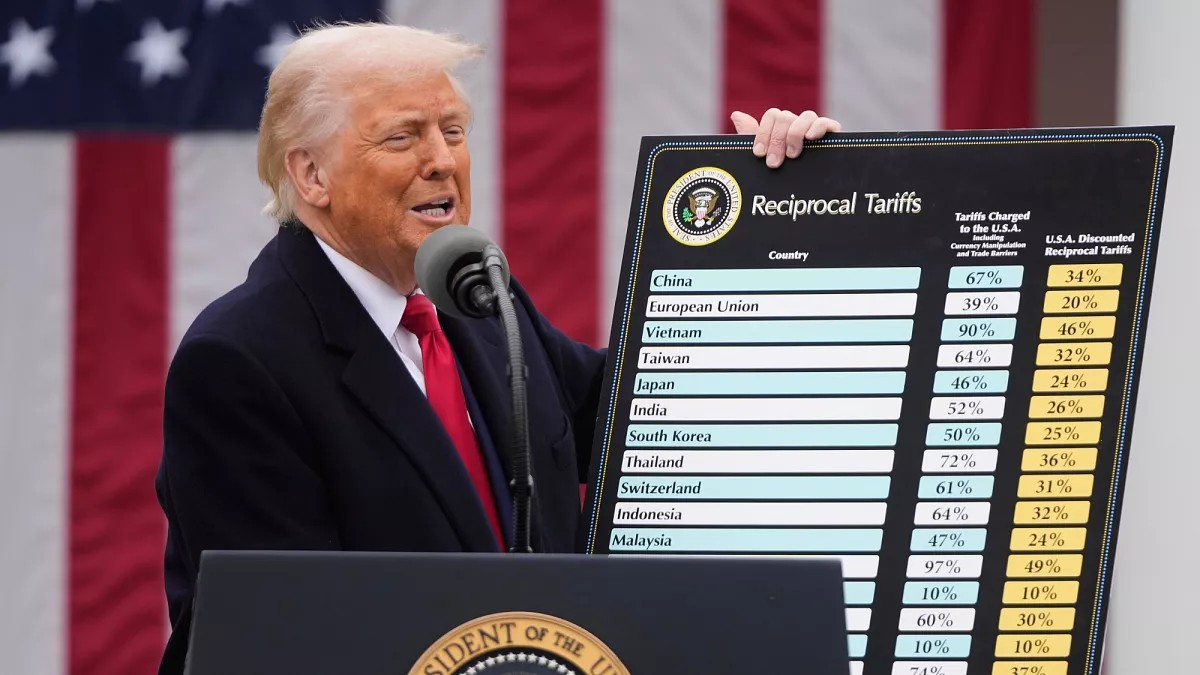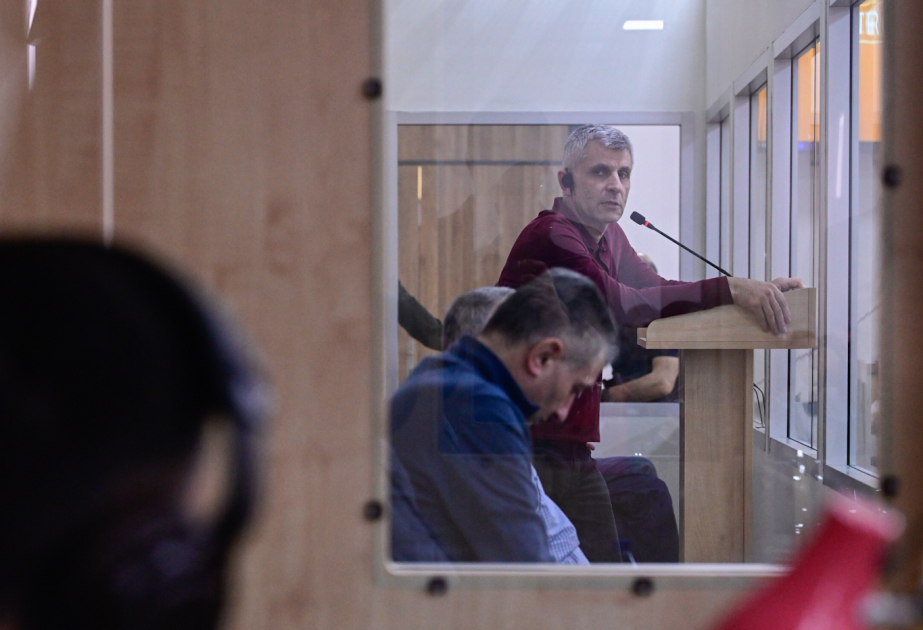|
|
TODAY.AZ / Politics
NATO's support for Azerbaijan's humanitarian demining activities discussed in Luxembourg
30 September 2024 [16:00] - TODAY.AZ

Humanitarian demining efforts in Azerbaijan and NATO's support for these activities have been discussed, Azernews reports, citing Samir Poladov, Deputy Chairman of the Board of the Azerbaijan National Agency for Mine Action (ANAMA), as he told during an official visit to Luxembourg.
As part of the visit, the Azerbaijani delegation held bilateral meetings with Orkhan Muradli, Director of the Operations Support Division of NATO’s Support and Procurement Agency, and other officials.
During the meetings, there was an exchange of views on Azerbaijan's mine problem, NATO's support, the implementation of new technologies and advanced practices, and prospects for future cooperation in the field of humanitarian demining.
Note that despite attempts at formally requesting information about the location of those mines, Armenia repeatedly denied that it possessed the relevant information and refused to engage on the issue.
Finally, in February this year, Armenia submitted 8 minefield maps of territories located in the liberated lands to Azerbaijan. These maps cover some of the areas along the former contact line. However, the maps covering part of the former contact line passing through Khojavand, Tartar, and Goranboy districts, as well as the areas mined by Armenian military units when they retreated in November 2020, have not been submitted yet.
Many have suspicions about these maps because previous minefield maps submitted by Armenia were inaccurate. Only 25 percent of these maps were correct. Especially submitting minefield maps of the height where civilians do not live increases this suspicion. It is also worth noting that more than 55% of recent landmine cases have occurred outside the areas covered by the information provided.
The behaviour that Armenia displayed in relation to the landmine threat is indeed another setback to the peace and confidence-building measures taken during the post-conflict period in the region.
It is worth noting that because of Azerbaijan's liberated territories remain contaminated with mine, the new infrastructure and green energy projects remain a risky and problematic goal. These obstacles to a legal peace are part of the challenges facing the repopulation, development, and integration of the liberated territories on the path to a full peace.
The Azerbaijan National Agency for Mine Action, known as ANAMA, has grown from a fledgling organisation to one fully equipped to clear mines, provide risk education, and assist survivors of accidents. Today, ANAMA's efforts are aimed at continuing the increase and expansion of mine action capacity to provide the clearance of all liberated areas of Azerbaijan.
URL: http://www.today.az/news/politics/253538.html
 Print version
Print version
Connect with us. Get latest news and updates.
See Also
- 05 April 2025 [10:00]
Briefing dedicated to humanitarian mine action in Azerbaijan held at UN - 04 April 2025 [14:34]
Azerbaijan, Russia mark 33rd anniversary of diplomatic ties with renewed commitment to alliance - 04 April 2025 [13:21]
Landmine toll reaches 388 in post-war Azerbaijan - 04 April 2025 [12:58]
Trial of Armenian-origin individuals accused of war crimes continues in Baku - 04 April 2025 [11:59]
Azerbaijan slams Armenia over unreliable landmine maps, urges international action - 04 April 2025 [11:35]
President Ilham Aliyev receives European Commissioner for Energy and Housing - 04 April 2025 [11:00]
April battles: the shame of the Armenian army and the triumph of Azerbaijan - 04 April 2025 [10:40]
Energy security is an integral part of national security: President - 04 April 2025 [10:33]
President Ilham Aliyev attends 11th Southern Gas Corridor Advisory Council Ministerial meeting and 3rd Green Energy Advisory Council Ministerial meeting - 04 April 2025 [10:10]
Underperformer strikes back
Most Popular
 Turkiye to introduce parental consent for social media users under age of 16
Turkiye to introduce parental consent for social media users under age of 16
 Former Armenian military officials accused of negligence over Russian arms deal
Former Armenian military officials accused of negligence over Russian arms deal
 Bank of Japan warns of possible blow to global trade due to planned new US duties
Bank of Japan warns of possible blow to global trade due to planned new US duties
 UK, Poland and Northern Europe want to create joint defense fund
UK, Poland and Northern Europe want to create joint defense fund
 They are trying to sell the tale of "Saint Rubik" to Trump
They are trying to sell the tale of "Saint Rubik" to Trump
 How Donald Trump’s tariff impacts Azerbaijan’s trade with US [COMMENTARY]
How Donald Trump’s tariff impacts Azerbaijan’s trade with US [COMMENTARY]
 Armenian defendant admits role in war crimes during Baku Military Court trial
Armenian defendant admits role in war crimes during Baku Military Court trial
